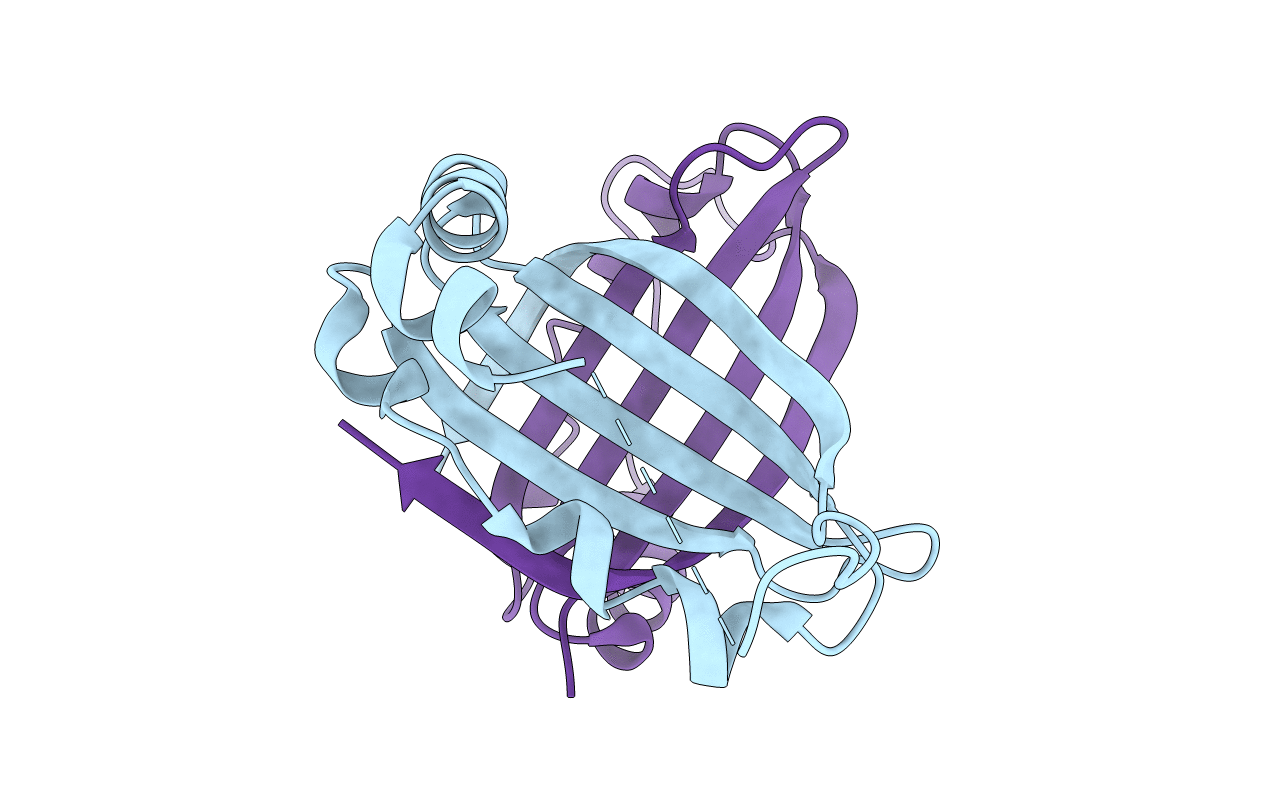
Deposition Date
2004-03-18
Release Date
2004-08-03
Last Version Date
2024-02-14
Entry Detail
PDB ID:
1SQE
Keywords:
Title:
1.5A Crystal Structure Of the protein PG130 from Staphylococcus aureus, Structural genomics
Biological Source:
Source Organism:
Staphylococcus aureus (Taxon ID: 1280)
Host Organism:
Method Details:
Experimental Method:
Resolution:
1.50 Å
R-Value Free:
0.24
R-Value Work:
0.20
R-Value Observed:
0.20
Space Group:
P 1 21 1


